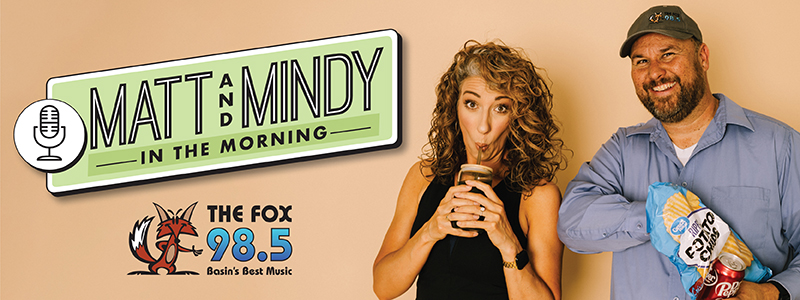If your roses have been covered for the winter, you can start to remove the mulch as the weather warms and the threat of really hard freezes is past. Be gentle as you remove the mulch. Now you can prune off any canes that have died back, as well as removing dead ends and canes that are more than four years old. Even if you didn’t cover your roses, a spring pruning will help them produce bigger and better blooms. If you want to produce show quality blooms on a hybrid tea or grandiflora, remove all but three or four of the canes by cutting them off at the ground, and cut the remaining canes back to 12 inches. If you want more abundant, slightly smaller blooms and a fuller rosebush, leave six to twelve canes and cut them back to 12 to 24 inches. Shrub or hedge roses, like the Persian Yellow or Austrian Copper, usually need only a light pruning, cutting back the canes by no more than a third and removing any dead branches. Climbing roses that bloom only once in the season should be pruned after they have bloomed, but climbers that bloom multiple times should be pruned while they are still dormant, pruning out the oldest canes and leaving three or four vigorous young canes. Tying the long, young canes horizontally to a support, pointing the ends downward, will encourage lateral growth and more blooms. As soon as you see the first signs of new growth, fertilize your rose with Ferti-lome Rose and Flower Food with systemic insecticide, working it into the top two inches of soil around the bush’s outside edge. This will protect your rose from insects for weeks at a time. Fertilize again every six to eight weeks. 1/4 cup of Epsom salts dissolved in a gallon of water, poured around the base in the spring and the middle of summer, will make an amazing difference. If you have any suckers appear around the base of your rosebush, carefully dig down to where the sucker attaches to the root stock and pull it away, taking care not to disturb the plant, or, you can use Sucker Stopper to get rid of them.




